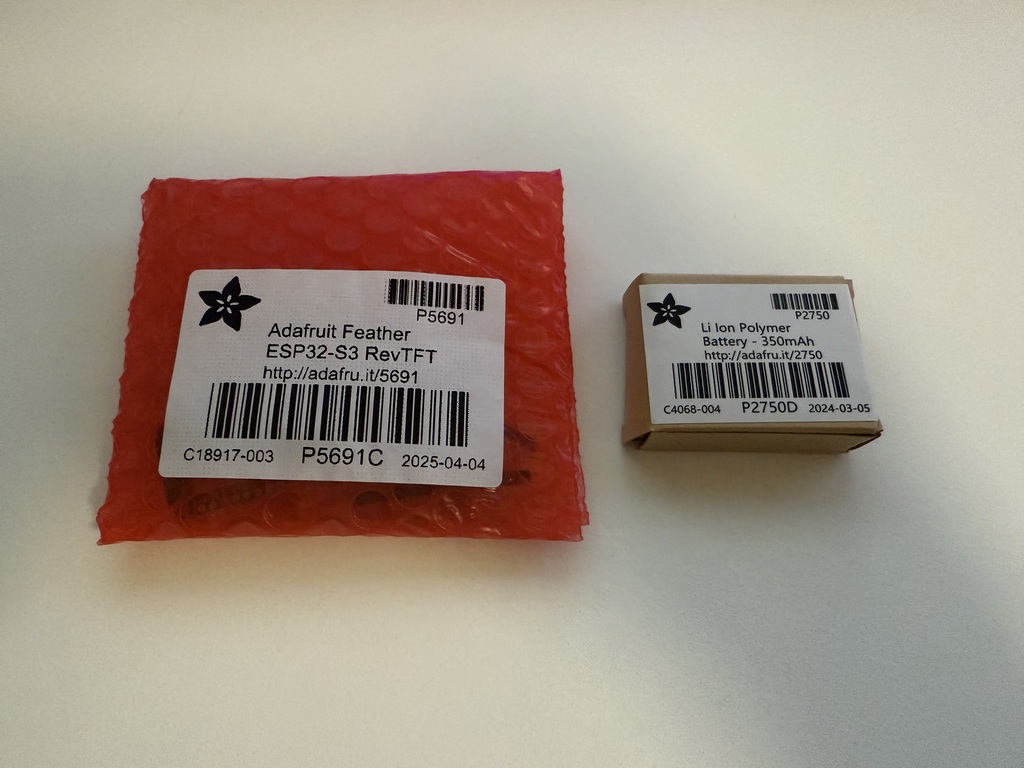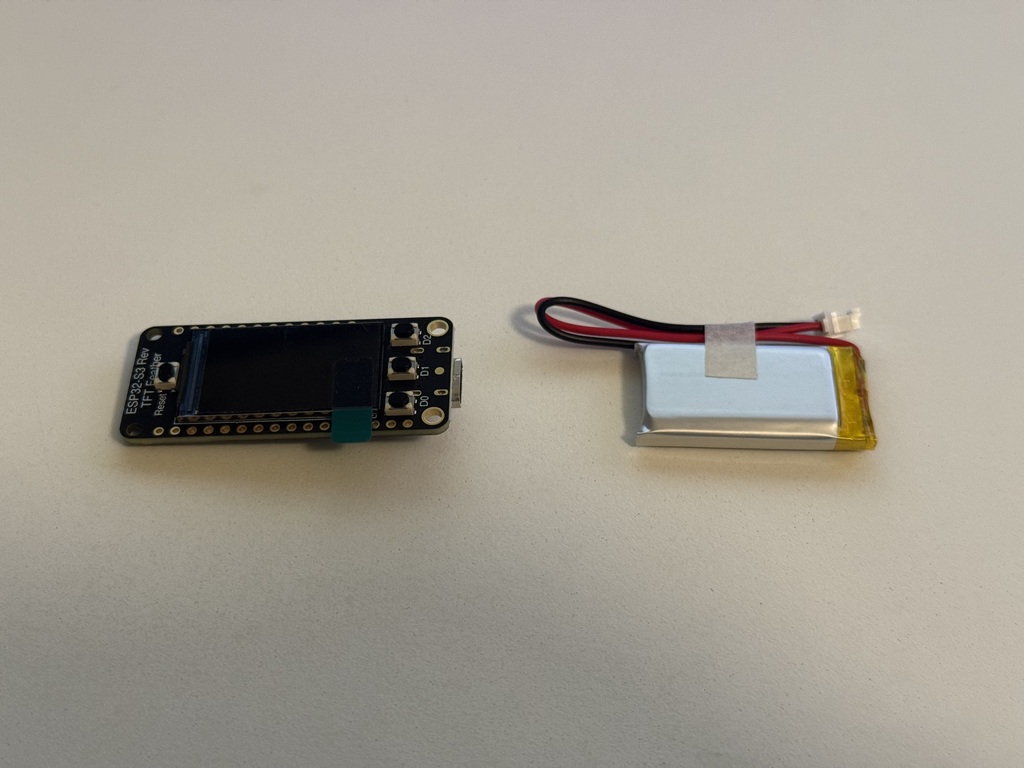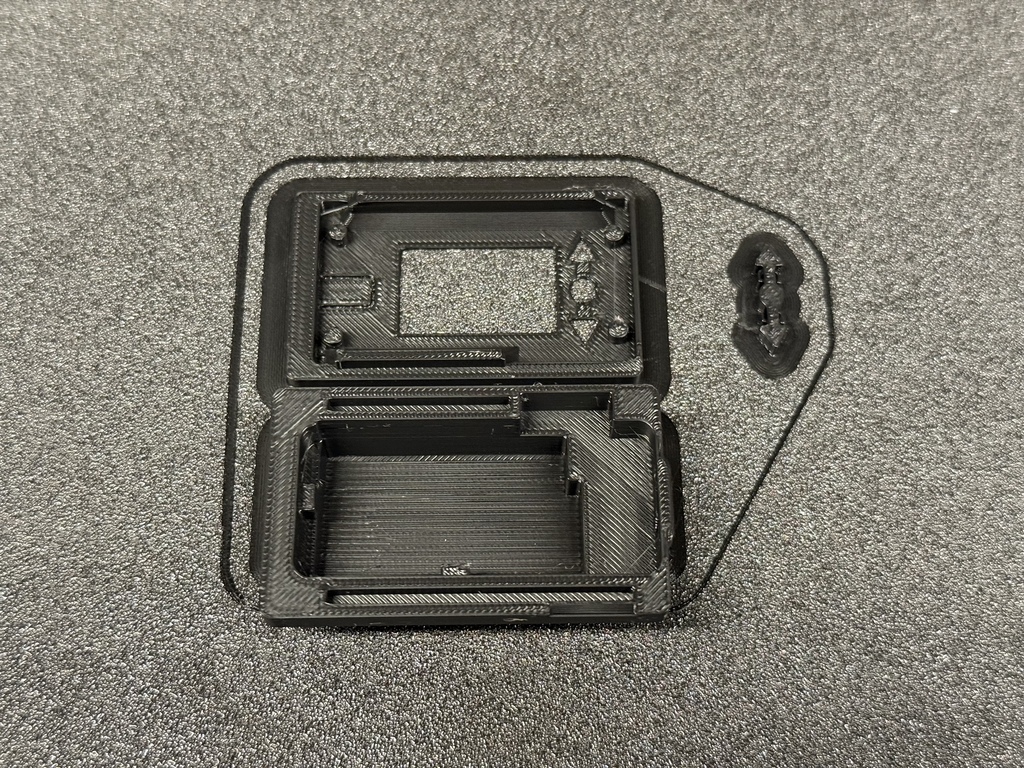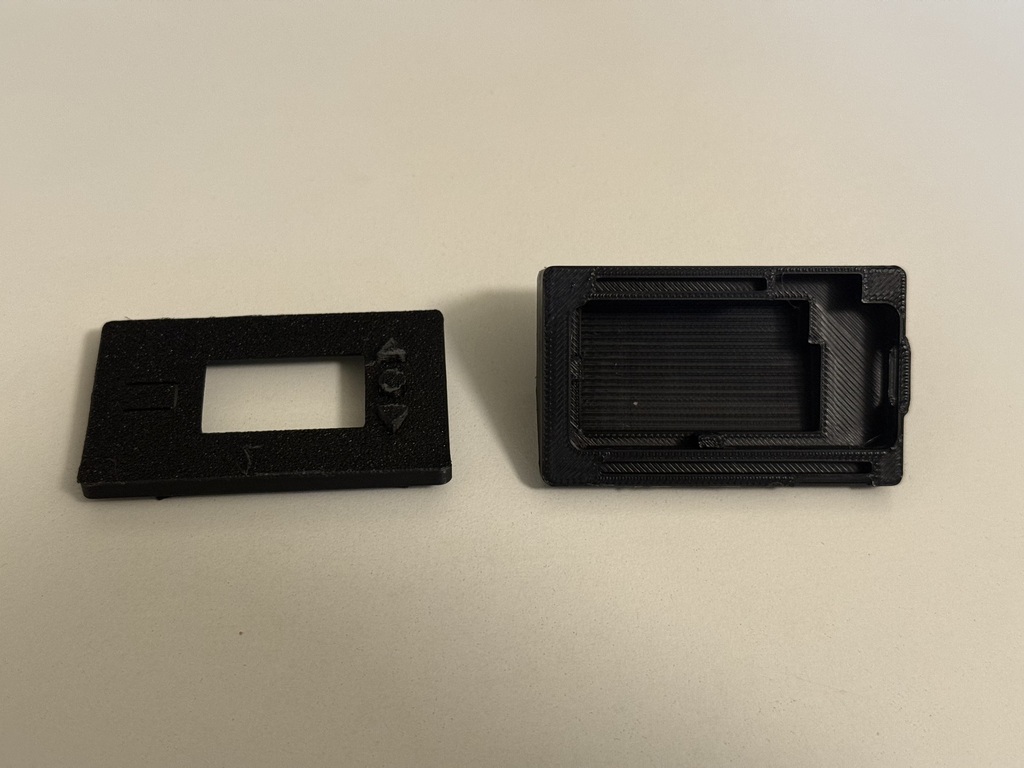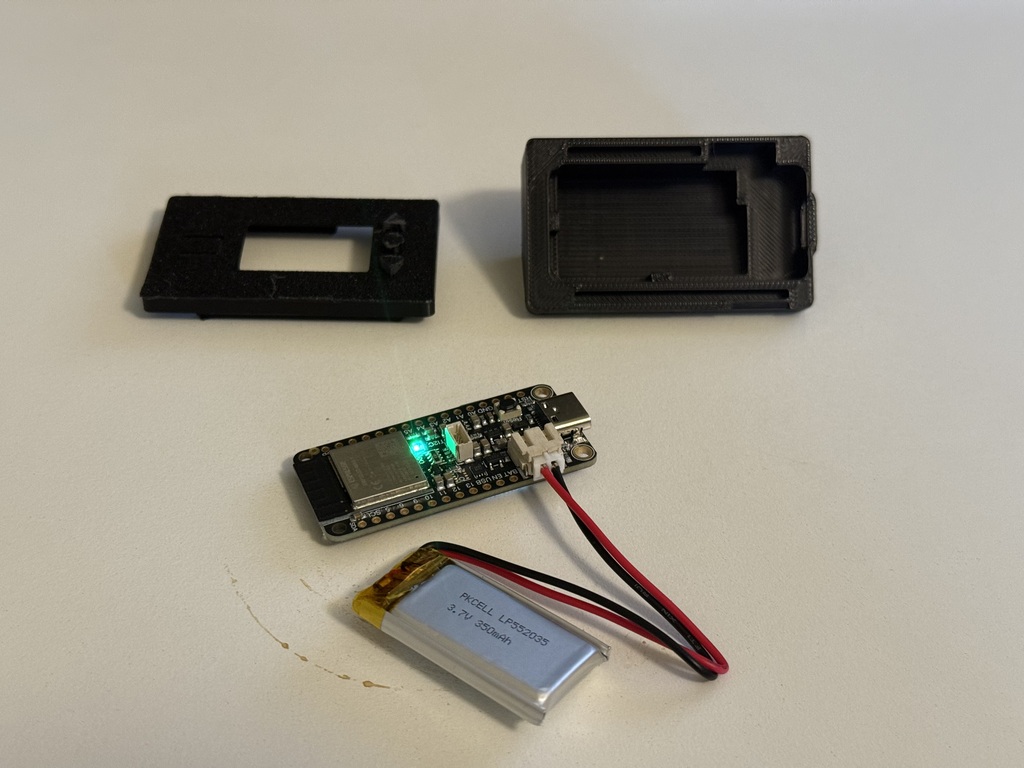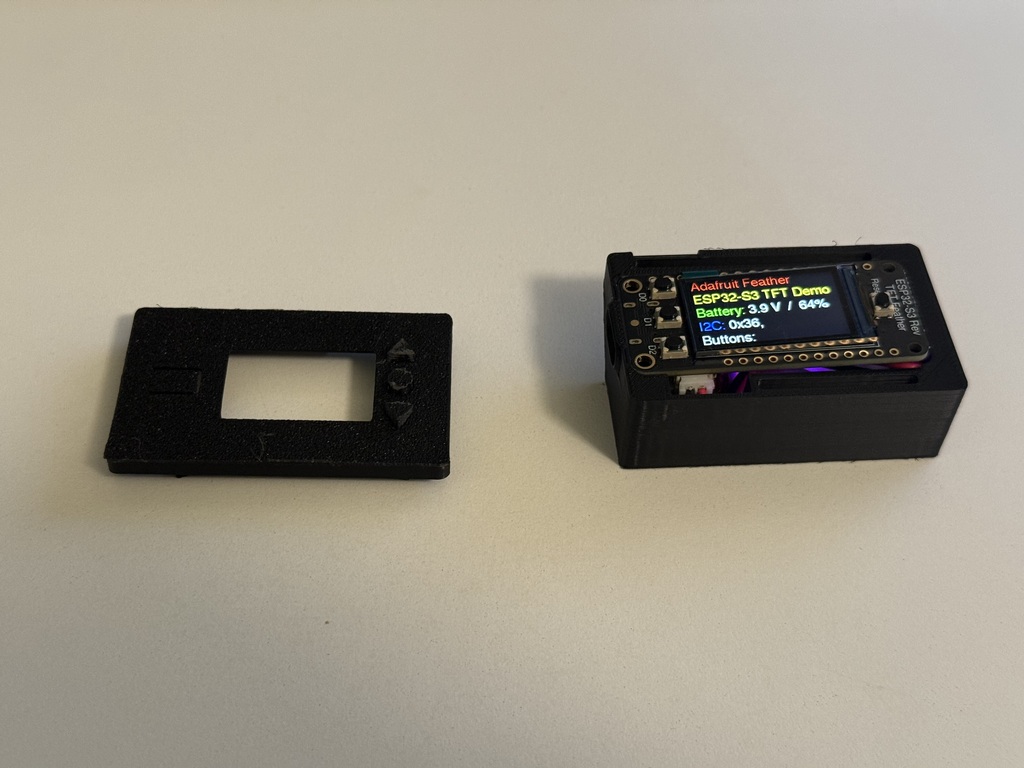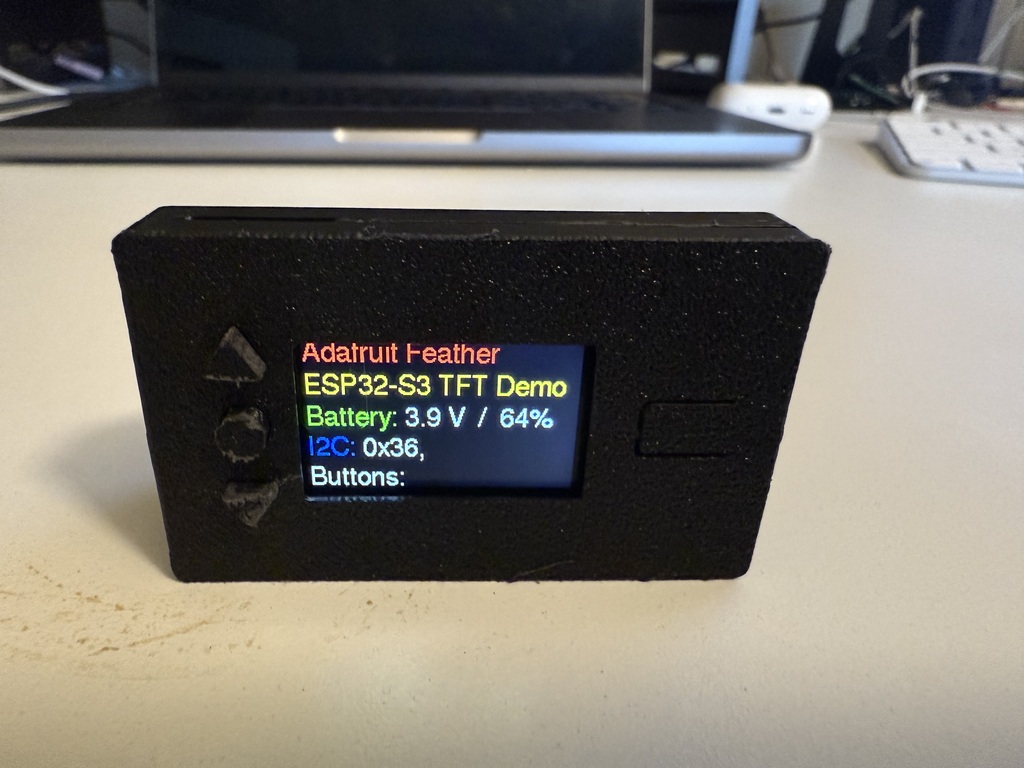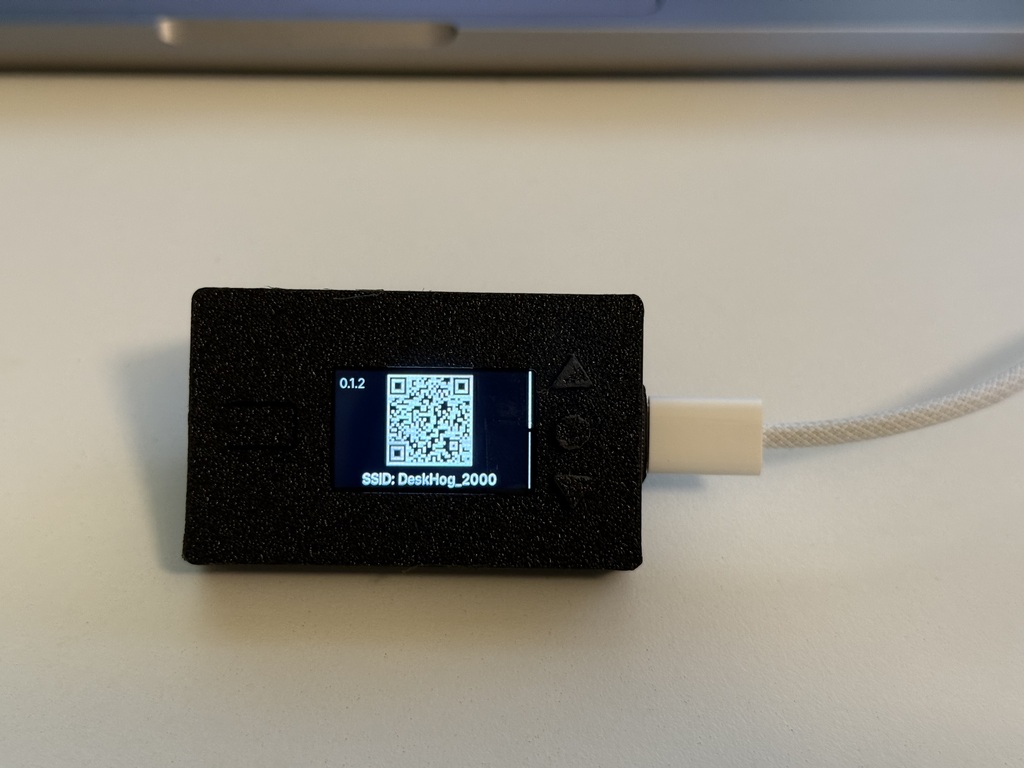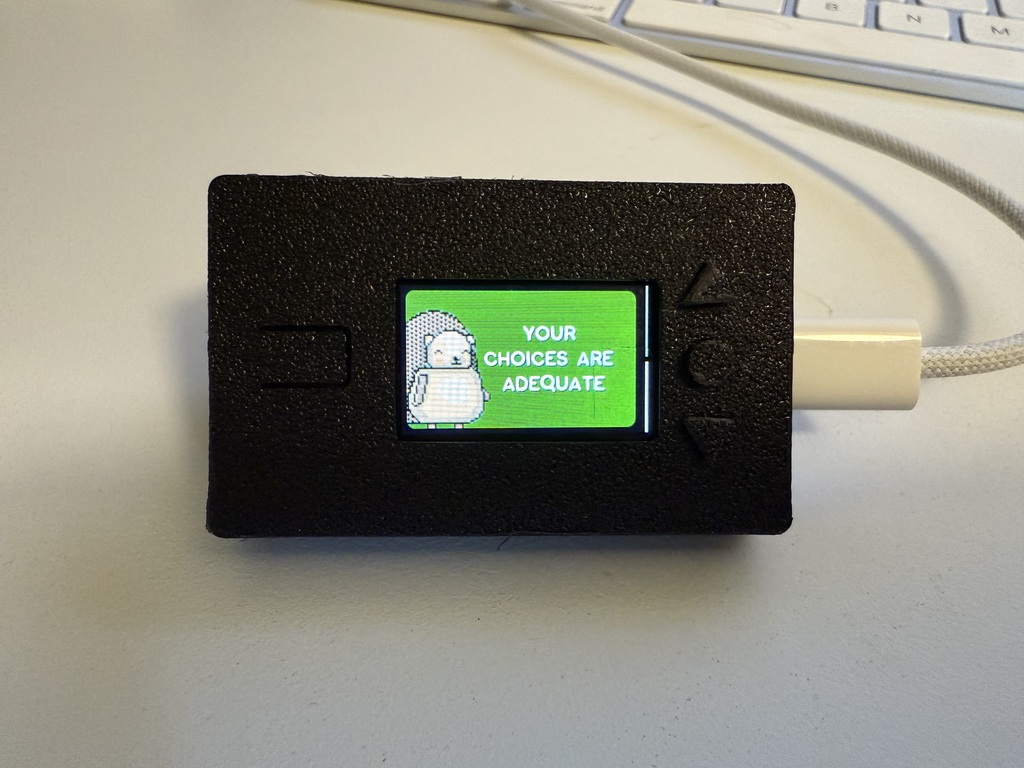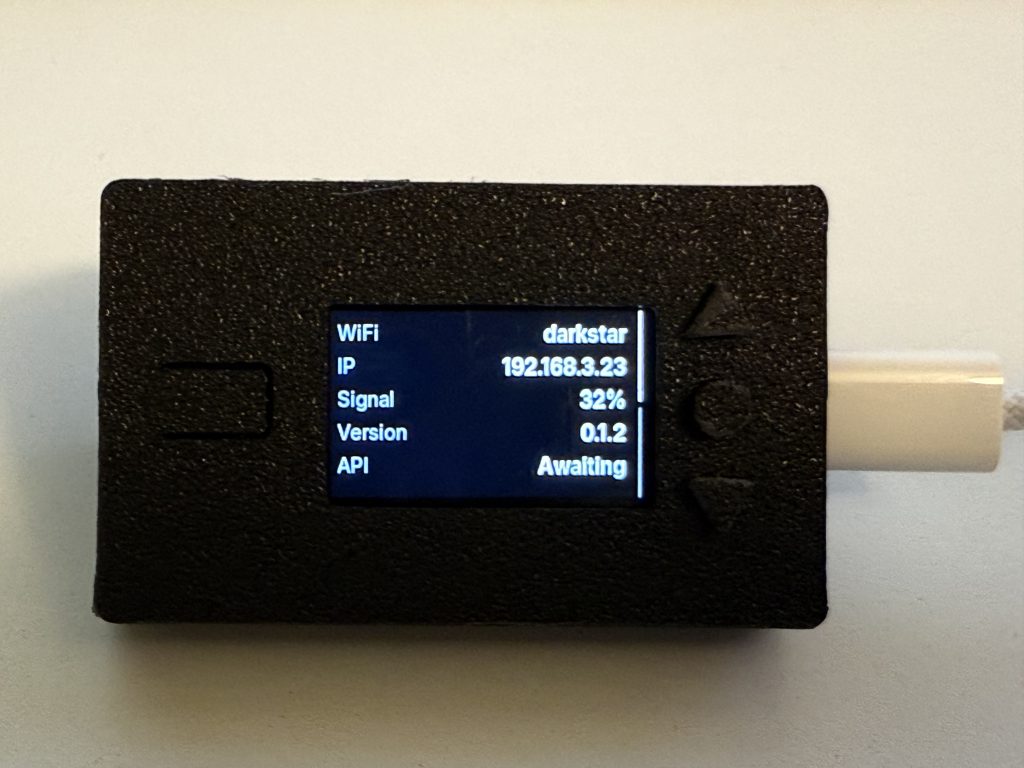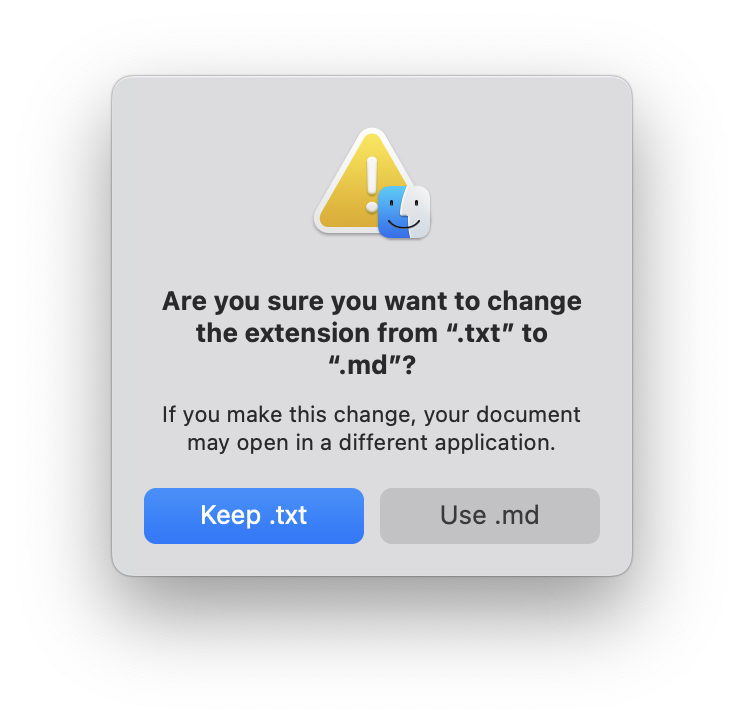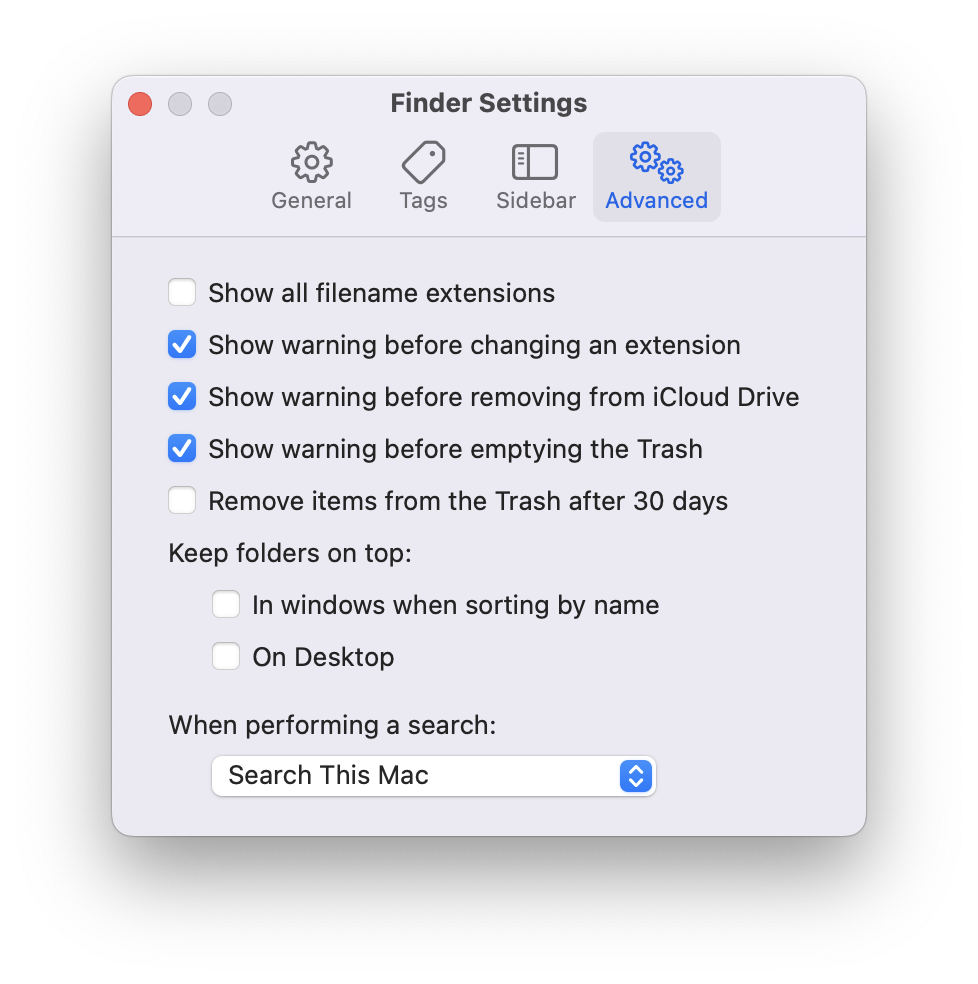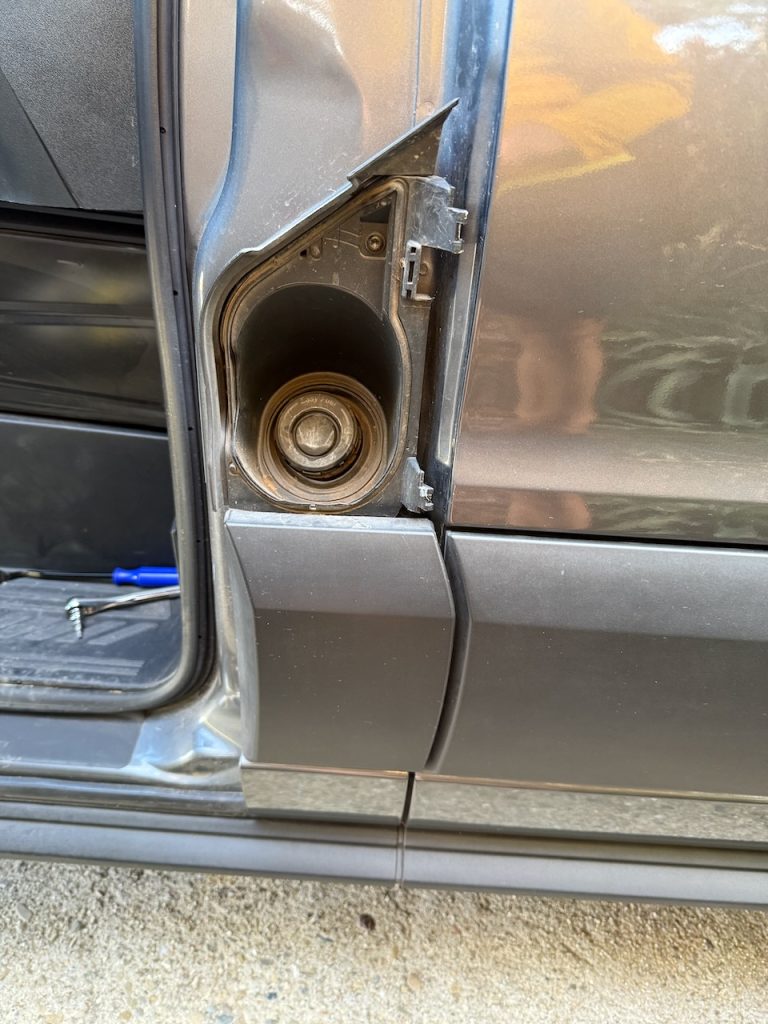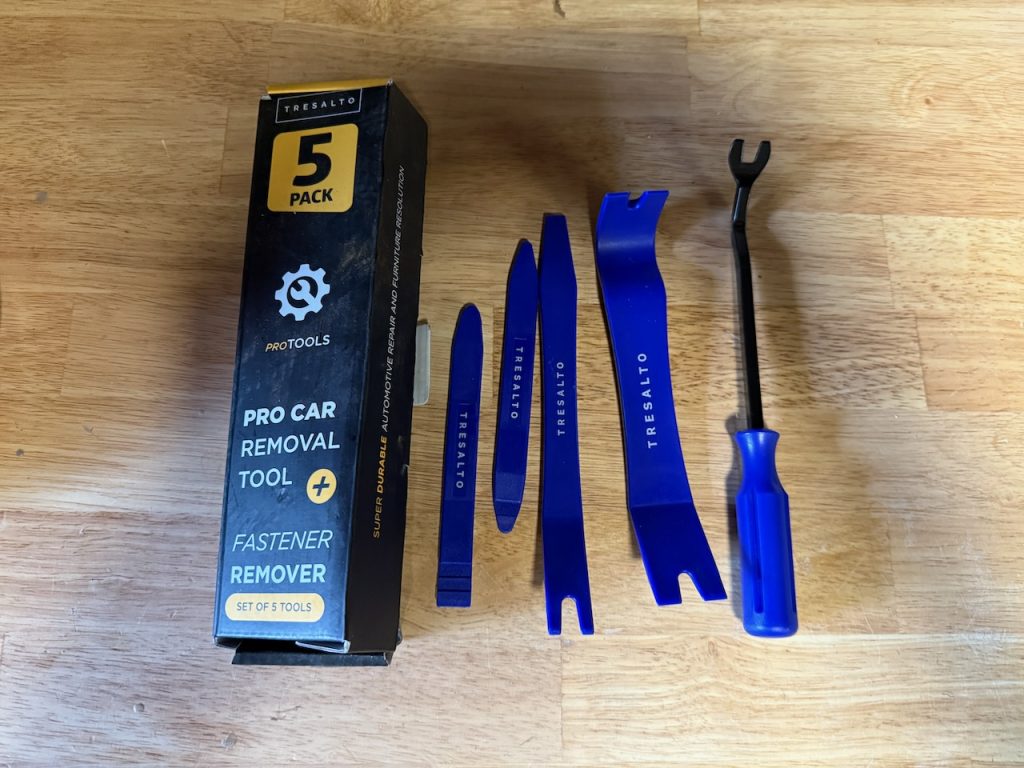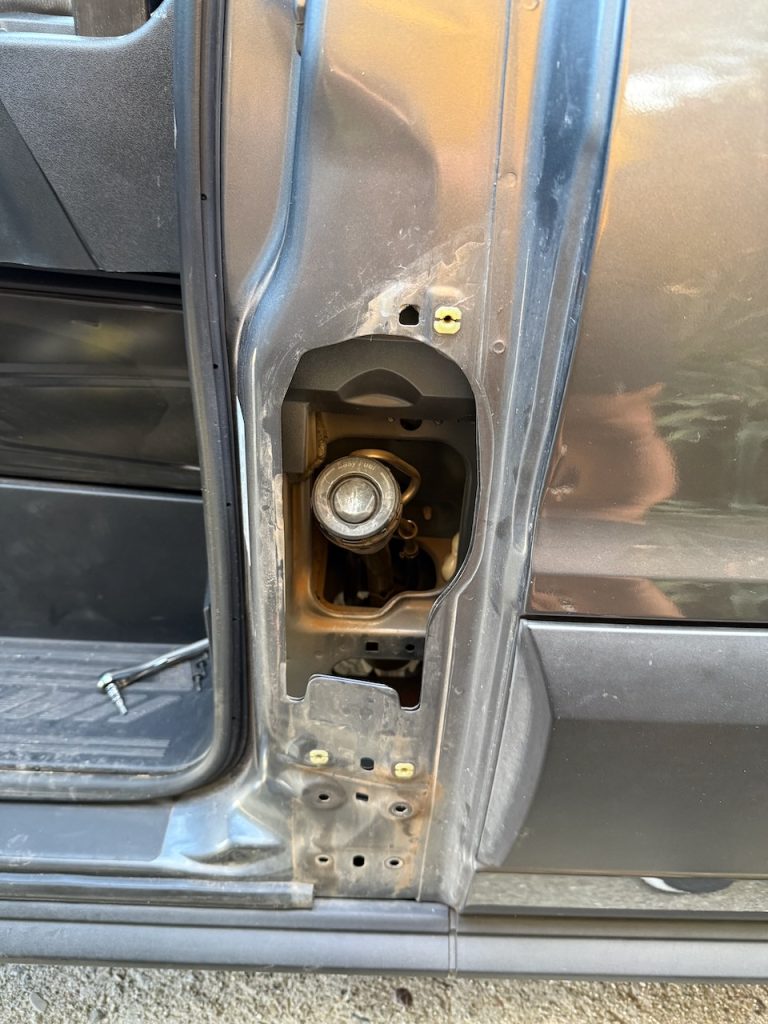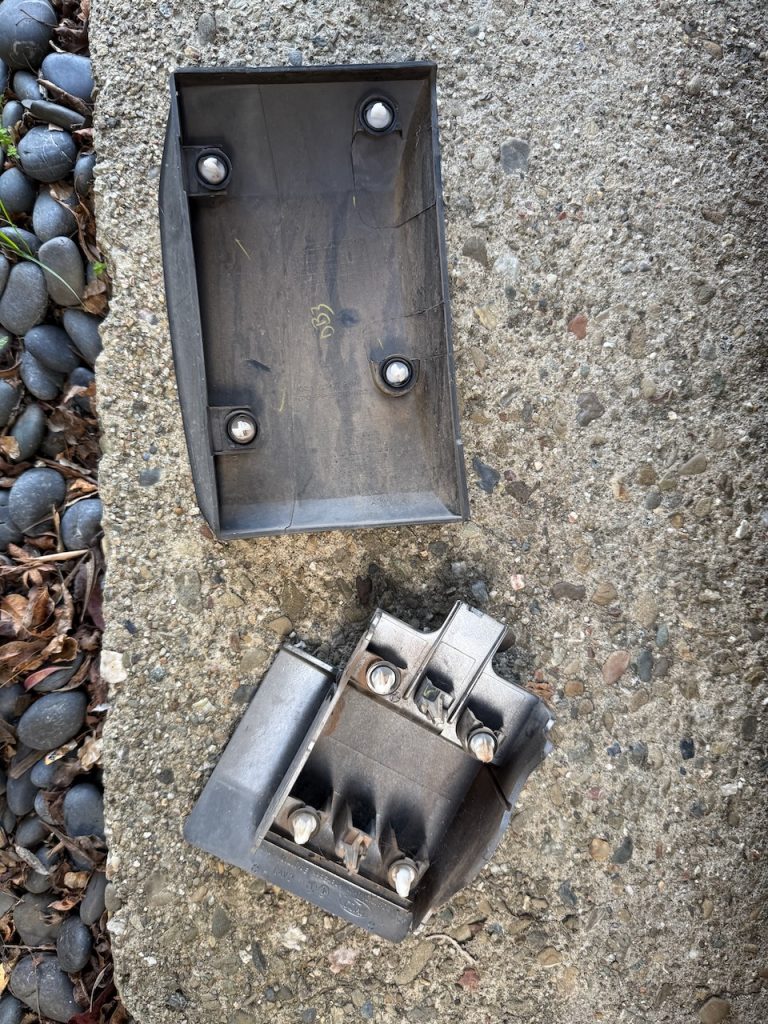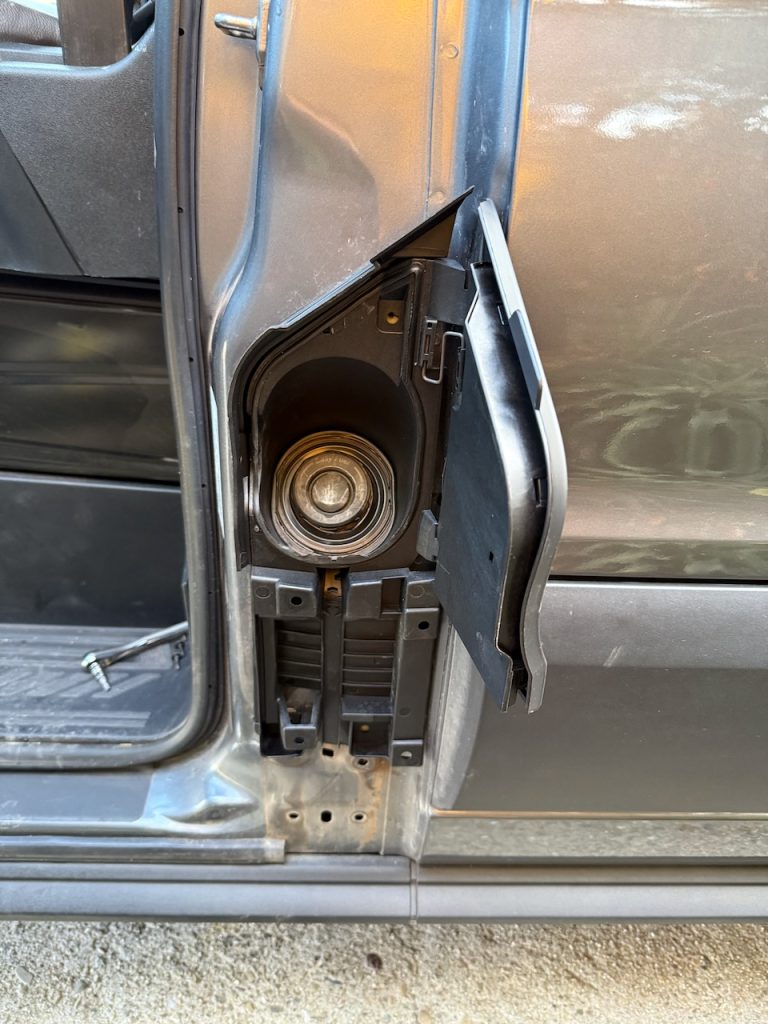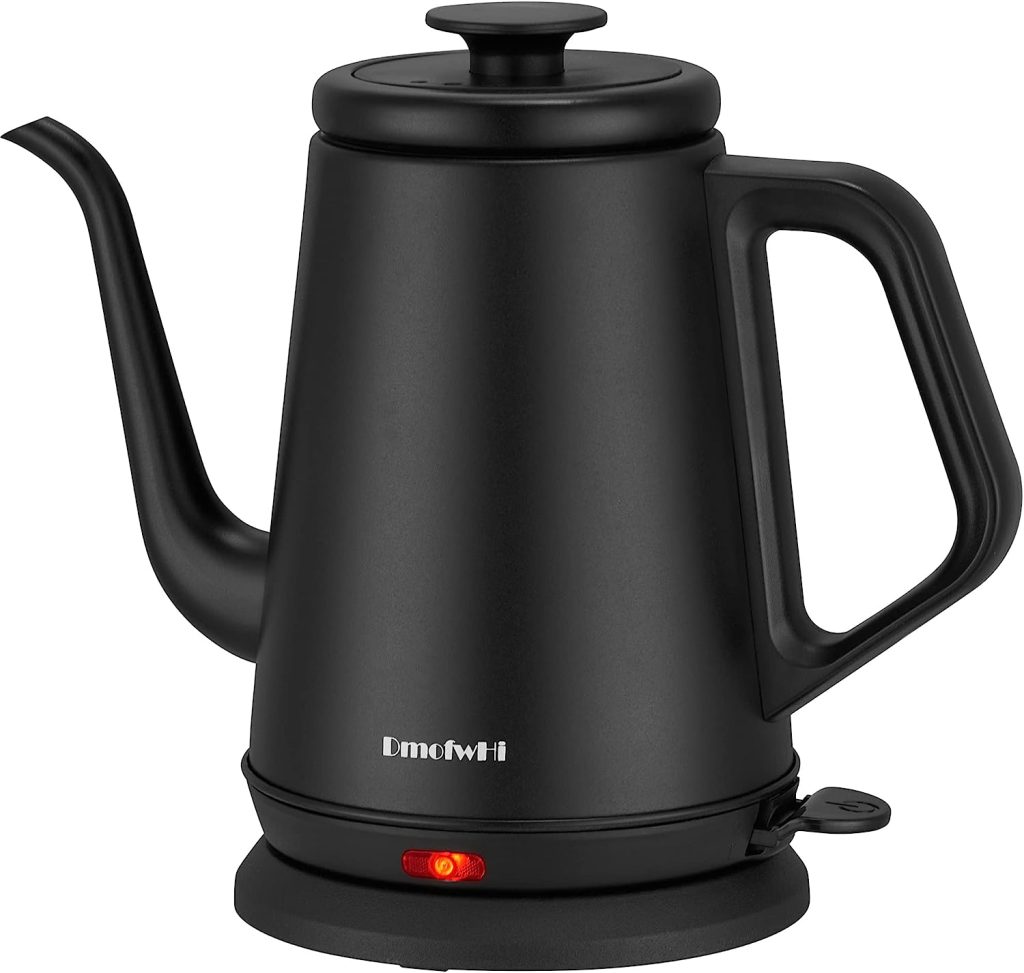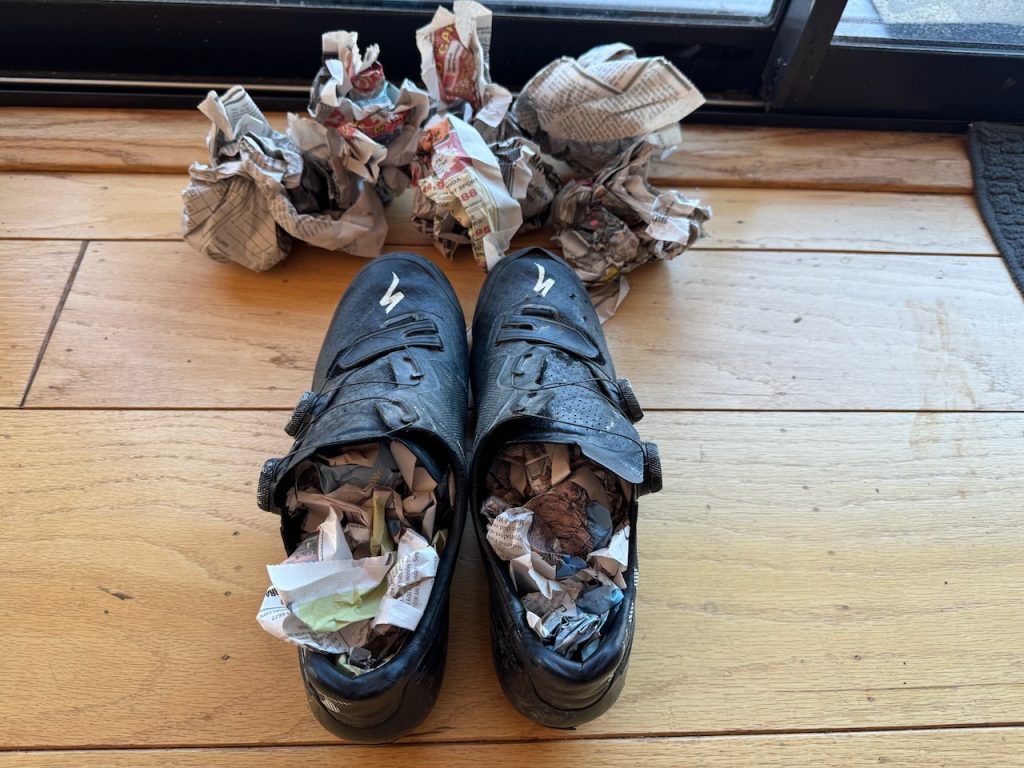If you ride your bike a lot—commuting, gravel, road, or mountain—your drivetrain is quietly wearing out beneath you. Most of that wear starts with one part: the chain.
The good news? There’s a cheap little tool that can dramatically cut your maintenance costs:

👉 Park Tool CC-3.2 Chain Wear Indicator Amazon
It usually sells for around $11–$16 depending on the shop.
And used right, it can easily save you hundreds of dollars over the life of a bike.
Why “Chain Stretch” Matters (and Why It’s Not Really Stretch)
Chains don’t literally stretch like rubber bands. The pins and rollers wear down over time, which makes the distance between links slightly longer. That tiny elongation means:
- The chain no longer meshes perfectly with the teeth on your cassette and chainring.
- Load gets concentrated on the leading edges of teeth instead of spread evenly.
- Over time, the cassette and chainring teeth get “shark-finned” and worn out.
A worn chain is cheap to replace.
A worn cassette and chainring? Not so much.
Meet the Park Tool CC-3.2
The Park Tool CC-3.2 is a simple “go/no-go” gauge:
- One side measures 0.5% elongation
- The other side measures 0.75% elongation
For modern 11–12 speed drivetrains (like SRAM GX Eagle), most mechanics recommend replacing the chain around 0.5% wear to protect your cassette. Older 8–10 speed systems can usually go a bit further, up to around 0.75%.
How it works:
- Hook one end of the tool into a link.
- Try to drop the opposite end into the chain.
- If the 0.5% side drops in cleanly on an 11/12-speed chain → time to think about a new chain.
- If the 0.75% side also drops in → you’ve waited too long; the cassette is probably already wearing.
That’s it. No math. No measuring. Just “keep” or “replace.”
The Economics: SRAM GX Eagle Example
Let’s put some real numbers on this using a SRAM GX Eagle 12-speed drivetrain, a super common “mid-pack” group set.
Approximate street prices (US):
| Part | Approx. Price (USD) |
| Park Tool CC-3.2 chain checker | $12–$16 |
| SRAM GX Eagle 12-speed chain | $35–$45 |
| SRAM GX Eagle XG-1275 cassette | $220–$255 |
| SRAM GX Eagle direct-mount chainring | $40–$50 |
(Of course, prices vary by shop, sale, and region—but these numbers are a realistic ballpark.)
Now let’s look at two riders over 3,000 miles of riding.
Rider A: Uses a Chain Checker, Replaces Chains Early
Rider A checks their chain regularly. On a modern 12-speed drivetrain, a chain can often go roughly 1,000 miles (give or take—conditions matter) before hitting 0.5% wear if it’s cleaned and lubed reasonably well.
So over 3,000 miles, Rider A might use:
- 3 chains × ~$40 each ≈ $120
Because the chains were replaced before they got too worn, the cassette and chainring stay in good shape and don’t need replacing yet.
Total drivetrain wear cost for 3,000 miles: ~$120
Cost per mile:
- 120 ÷ 3000 = 0.04 → about 4¢ per mile
Rider B: Never Checks Chain Wear, Waits Until It Skips
Rider B just rides. No checking. Eventually, the chain gets so long that:
- Shifting starts to feel rough
- The chain skips under load
- The cassette teeth are visibly hooked
At that point, you usually can’t just slap on a fresh chain—
the cassette is worn to match the old chain, and a new chain will skip.
So Rider B ends up needing:
- 1 new chain ≈ $40
- 1 new cassette (XG-1275) ≈ $240
- Possibly 1 new chainring ≈ $45
Total: ~$325
Now do the same cost-per-mile math over those 3,000 miles:
- 325 ÷ 3000 ≈ 0.108 → about 11¢ per mile
The Bottom Line: 4¢ vs 11¢ per Mile
- Rider A (with a $12–$16 chain checker): ~4¢ per mile in wear parts
- Rider B (no checker, just rides it into the ground): ~11¢ per mile
There is also a higher likelihood that the chain will break before the 3000 miles, causing this expense earlier.
Even if the exact numbers shift a bit for your terrain, weight, and riding style, the pattern is clear:
Replacing chains early is dramatically cheaper than replacing chains + cassette + chainring later.
And that $12–$16 Park Tool CC-3.2 pays for itself the first time it saves your cassette. After that, it’s just making you money.
How to Use This Tool in Your Routine
You don’t need to obsessively measure your chain every ride. But building a simple habit makes a big difference:
- If you ride a lot (3–5x per week):Check every 2–3 weeks or roughly every 300–500 miles.
- If you’re an occasional rider:Check once a month or after a few big rides.
- If you ride in mud, rain, or dust:Check more frequently; grit accelerates wear.
A quick routine:
- Wipe down the chain (cleaner chain = more accurate reading).
- Drop in the CC-3.2 on the 0.5% side.
- Read the tool
- If it doesn’t quite drop all the way in → keep riding.
- If it drops in easily on a GX Eagle → order a new chain.
- Swap the chain before it reaches 0.75% wear.
